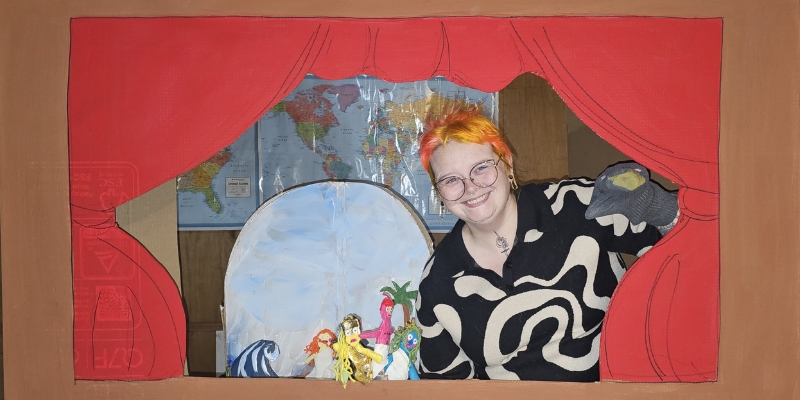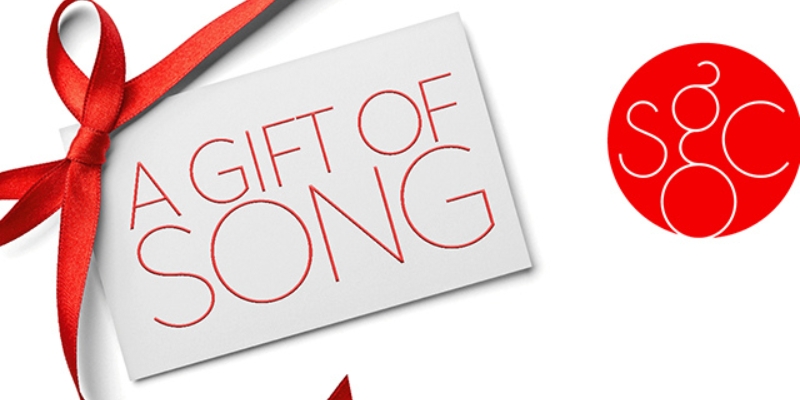Every week the Town Crier blog looks back at Seattle’s near-forgotten Town Crier magazine to see what was happening, and talk about what’s happening now. One of the largest sections of the original Town Crier was “What People Are Doing,” highlighting things like, “One of the gayest parties of the season was the dance given by Mr. and Mrs. James Doster Hoge at the Golf Club” and, “Youngsters, taking advantage of the cold snap, have hunted up the old ice skates of various vintages and are indulging themselves in the rare sport of skating.” In this series we’re revisiting the old column and tying it to our community’s current happenings, asking: “what are people doing?”
Even a century ago, Seattle was no stranger to the arts. “There are three small but exquisite bronzes by Prince Troubetzkoy now on view at the Fine Arts Gallery, 1218 Fourth Avenue, which are well worth seeing,” wrote the Town Crier issue published May 8, 1920. “The work of this sculptor is accepted as being among the very best of its kind and of a marked individuality, so it is really a privilege for Seattle to be given an opportunity to see these bronzes.”
Prince Paolo Petrovich Troubetzkoy (1866-1938) was an acclaimed artist and a sculptor, described by playwright George Bernard Shaw as “the most astonishing sculptor of modern times.” Interestingly, back then Seattle valued free access to the arts just as much as we do today—even for viewing the work of a master such as Troubetzkoy. “Admittance is free and the public is cordially invited to attend,” the Crier informs us.
Troubetzkoy’s work is no doubt inspiring to behold in person, though perhaps it’s for the best that his sculptures have already come and gone. After all, if his work were here today our options for viewing it would be limited to livestream or video—a somewhat diminished experience for a medium as tactile as sculpture.
Luckily we still have access to fine art in Seattle today, even while sheltering in place. The Frye Art Museum had to suspend their exhibition of the work of video artist and photographer Agnieszka Polska, but an excerpt of the exhibit is still viewable virtually! A far cry from bronzes, this installation of Polska’s work follows a childlike sun who is a helpless witness to ethical and environmental collapse on Earth.
The Seattle Art Museum is also presenting their own suite of ways to enjoy the arts at home. They recently released a virtual discussion reflecting on the ways that living in quarantine impacts our daily rhythms. Pam McClusky, Curator of African and Oceanic Art, ruminates on artwork propelled by walking, and the ways our rhythms adjust to each landscape we cross.
Be sure to check out the websites for these local museums and keep an eye out for future videos. Though we can’t be there in person to enjoy these exhibits, it’s certainly easier to engage with inspirational art today than it would have been 100 years ago.
Though, to be fair, we’re probably not doing anything Troubetzkoy wouldn’t have done if he’d had the internet.


